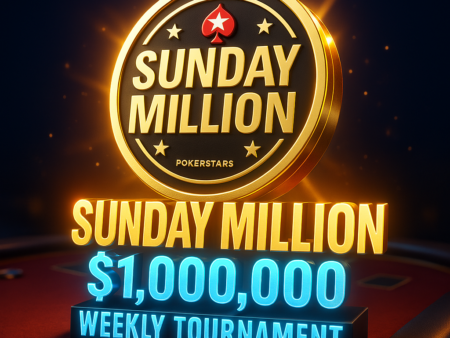🃏 Theory of Poker: Types of Poker
Introduction
You’ve likely played poker casually at some point—perhaps for matches or spare coins. And chances are, the version you played was 5 Card Draw, especially popular in Europe. But poker isn’t a one-size-fits-all game. Across the globe, there are numerous variants, each with unique rules, strategies, and communities.
Below is an overview of the most well-known types of poker. This guide won’t cover betting structures in detail (like pot limits or side pots), but it will introduce you to the gameplay so you can explore each version further and test yourself at the tables.
👉 For deeper insights into any of these variants, check out our full poker guide on the website.
♠️ Texas Hold’em – The King of Poker
Why it’s popular: Simple rules, dynamic play, huge tournaments
Texas Hold’em is by far the most played variant of poker, featured in the WSOP and WPT, and dominating online poker rooms.
- Each player is dealt two private (hole) cards.
- Five community cards are revealed in stages (flop, turn, river).
- Players use any combination of five cards from their two hole cards and the five community cards.
✅ If all five cards used to form the best hand are on the table, the pot is split.
♦️ Omaha – More Cards, More Combinations
Similar to Hold’em, but each player receives four private cards and must use exactly two of them with three community cards to build their hand.
- More combinations = more action.
- Requires sharper hand evaluation due to card complexity.
♣️ Omaha Hi/Lo – The Split Pot Game
This version adds a twist: the pot is split between the highest and lowest qualifying hands.
- A low hand must consist of five cards ranked eight or lower, with no pairs.
- The best low hand is 5-4-3-2-A, which also qualifies as a straight for high.
- It’s possible to win both halves of the pot with the right hand!
🔔 Only attempt this once you’re comfortable with regular Omaha.
♥️ 7 Card Stud – The Classic Mind Game
Before Hold’em ruled the tables, this was the king of poker.
- Players receive seven cards throughout five betting rounds (3 face-down, 4 face-up).
- No community cards.
- Best five-card combination wins.
💡 A fixed “ante” is paid by all players to enter the hand. The player with the lowest face-up card posts the “bring-in.”
🃏 5 Card Draw – The Beginner’s Classic
This is the game most people learn first, especially in Europe.
- Players get five private cards, then choose how many to exchange (0–5).
- Two rounds of betting: before and after the draw.
- Simple but strategic—great for learning hand rankings.
Final Thoughts
Each type of poker offers a different mix of chance, skill, and strategy. Whether you enjoy the fast pace of Texas Hold’em or the slow-burn tactics of 7 Card Stud, there’s a variant for every type of player.
🎯 Want to master each format?
Explore our detailed guides and step up your poker game.










